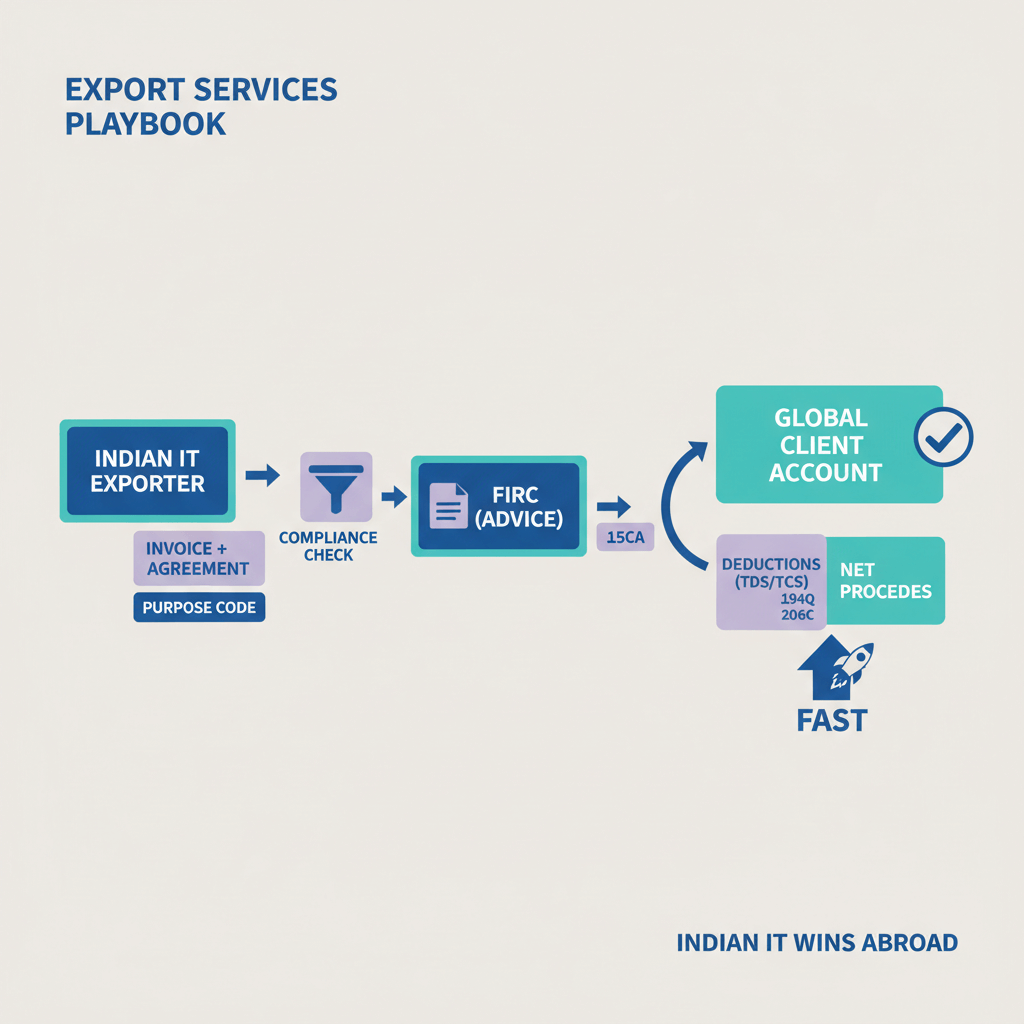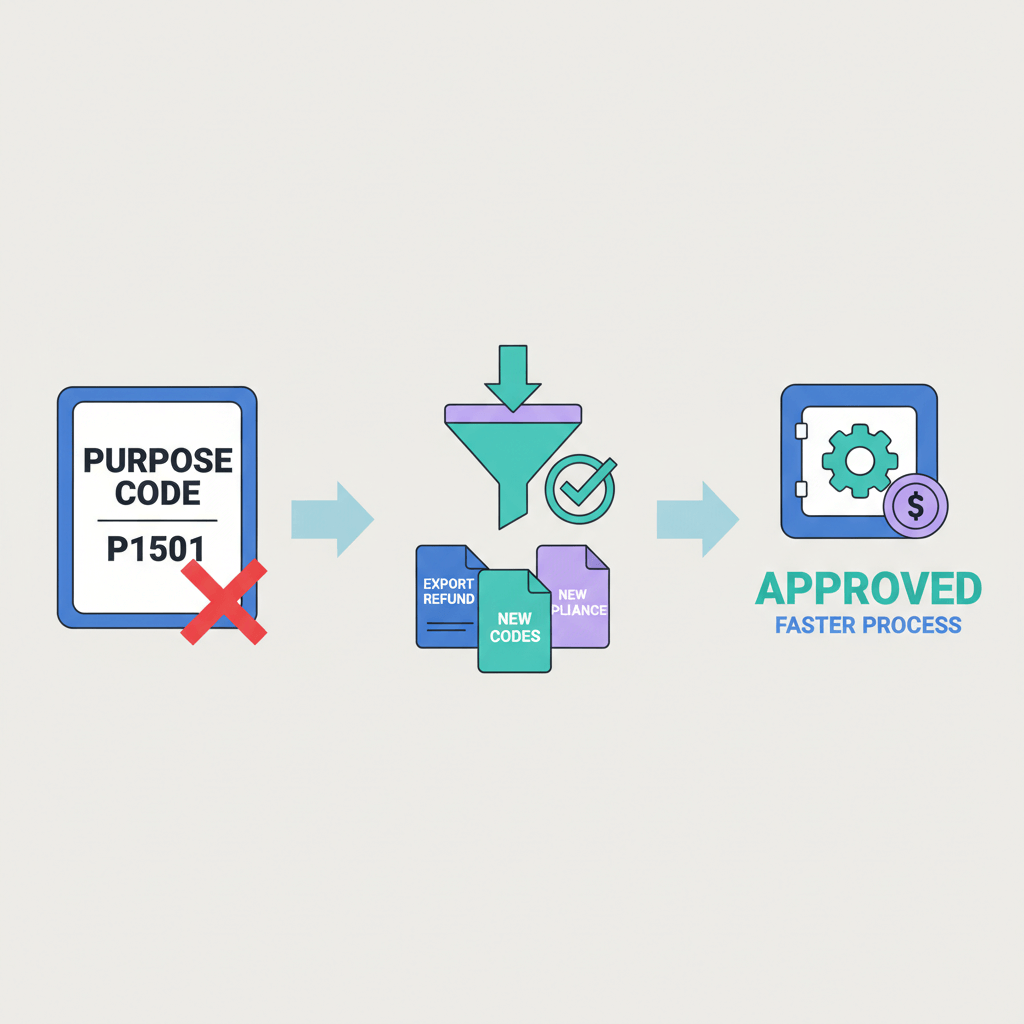When it comes to doing business across borders, foreign remittance can be a critical part of the process.
But navigating the limitations and regulations around it can be tricky, impacting your bottom line.
Ever wonder what remittances are and how they affect your international transactions?
In this blog post, we'll dive into the annual remittance limits for India, and what that means for your business.
So, grab a cup of coffee, and let's get started!
What is Outward Remittance?
Foreign remittance is a way of transferring money from one country to another. There may be several business payment methods available for doing so in India. These include bank transfers, online money transfer services, and mobile wallets.
Inward remittances involve transferring money into India, while outward remittances involve of transacting.
To track the outflow of funds through remittances, the Reserve Bank of India (RBI) has placed a strict cap on the maximum amount of money that can be transferred out of the country per fiscal year.
These limits are referred to as the Foreign Inward Remittance Limit (FIRL) and the Foreign Outward Remittance Limit (FORL).
Foreign Inward Remittance
Foreign Inward Remittance denotes the money transferred from a foreign country into India. Inward remittances are classified into two categories - personal and non-personal.
Personal inward remittances are money transfers made by individuals for their personal use. It includes expenses for medical purposes, education fees, or family maintenance.
In order to monitor the outflow of funds through remittances, the Reserve Bank of India (RBI) has implemented a restriction on the maximum amount of money that can be transferred out of the country during each fiscal year.
Foreign Outward Remittance Limit
Foreign Outward Remittance is a process to transact money from India to another country, and it can be divided as personal and non-personal foreign outward remittance.
Personal outward remittances involve an individual transferring money for their personal use. This may include medical care, education fees, or family maintenance expenses.
Non-personal outward remittances are transfers of money made by Indian companies or organizations to foreign countries. This may include transactions related to business investments, charitable donations, or foreign aid.
Outward Remittance Limit to/from India
To regulate the transfer of funds to and from India, the Reserve Bank of India (RBI) has implemented limitations on outward remittances, specifying the maximum amount of money that can be remitted during a single financial year.
For the fiscal year 2020-21, the limit stands at US$250,000 (INR 2.04L) per person and encompasses both personal and non-personal remittances.
What is the Liberalised Remittance Scheme Under Outward Remittance Limit
Back in 2004, the Reserve Bank of India (RBI) came up with the Liberalised Remittance Scheme (LRS). It's basically a way for people in India to do current or capital account transactions up to US$2,50,000 (INR 2.04L) per financial year. You can even open and keep foreign currency accounts with banks outside India to handle all these transactions.
This includes
- Trade in goods and services payments
- Investments outside India in permitted capital instruments;
- Send money abroad (max limit USD 2,50,000 (INR 2.04L) per fiscal year;
- Medical treatment expenses abroad (max limit USD 2,50,000 (INR 2.04L) per fiscal year.
In addition, a 5% tax collected at the source (TCS) is imposed on all transactions exceeding the threshold of Rs. 7 lakhs.
Final Word
Being aware of the foreign inward and outward remittance limits is crucial for both individuals and businesses operating in India.
These limits play a vital role in regulating the movement of money into and out of the country and can have significant effects on currency values and exchange rates.
We hope this blog post has provided you with the information you needed to begin your foreign remittance journey in India.
FAQs
How much can you transfer abroad annually?
The Reserve Bank of India (RBI) has set a financial year limit of $2,50,000 (INR 2.08 Cr) for foreign remittances, which applies mainly to personal remittances. For international business- payments, the volume of transactions generally goes above and beyond $250,000 annually. Hence in such cases, if the remittance amount exceeds this limit, prior permission from the RBI is necessary and the payment process takes a different route.
What are the documents required for outward remittance?
In case you want to transfer money from India to another country, you must possess certain documents, which include:
- An outward remittance form
- Form A2 for purchasing foreign currency
- A valid passport
- A PAN (Permanent Account Number) card
- Bank statement copy or canceled cheque leaf
- Documents that support the purpose of your transaction, eg: Invoices or tickets.
- Compliance with KYC (Know Your Customer)
What is the Liberalised Remittance Scheme?
In an effort to manage the outflow of funds, the Reserve Bank of India (RBI) has implemented the Liberalised Remittance Scheme (LRS). Under this scheme, Indian residents are permitted to remit up to $250,000 (approximately INR 2.04 lakh) per financial year for eligible current or capital account transactions. This marks a reduction from the earlier limit of $1 million (INR 8.17 lakh) per year.











